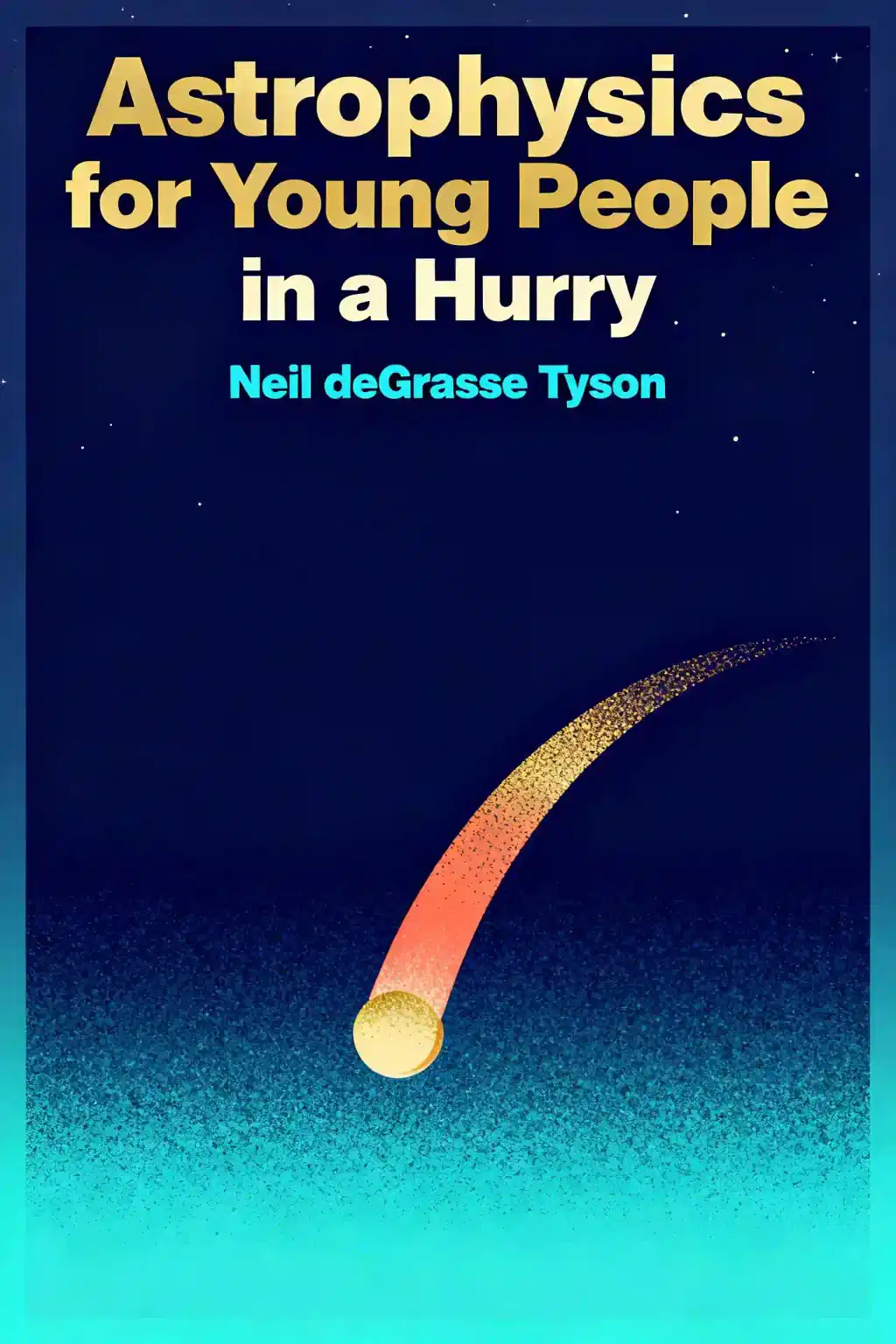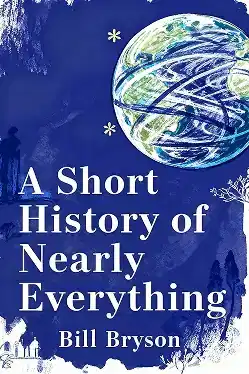
Astrophysics for Young People in a Hurry by Neil deGrasse Tyson Summary
Overview of Astrophysics for Young People in a Hurry
Ever wondered how black holes work? Neil deGrasse Tyson's #1 bestseller brings the cosmos to curious young minds with vibrant visuals and mind-bending concepts. The book that transformed science education by making the universe's greatest mysteries accessible to 9-12 year olds.
Similar books to Astrophysics for Young People in a Hurry
Feel the book through the author's voice
Turn knowledge into engaging, example-rich insights
Capture key ideas in a flash for fast learning
Enjoy the book in a fun and engaging way
Quick Summary Mode - Read or listen to Astrophysics for Young People in a Hurry Summary in 8 Minutes
Break down key ideas from Astrophysics for Young People in a Hurry into bite-sized takeaways to understand how innovative teams create, collaborate, and grow.
Flash Card Mode - Top 11 Insights from Astrophysics for Young People in a Hurry in a Nutshell
Distill Astrophysics for Young People in a Hurry into rapid-fire memory cues that highlight Pixar’s principles of candor, teamwork, and creative resilience.

Fun Mode - Astrophysics for Young People in a Hurry Lessons Told Through 22-Min Stories
Experience Astrophysics for Young People in a Hurry through vivid storytelling that turns Pixar’s innovation lessons into moments you’ll remember and apply.
Personalize Mode - Read or listen to Astrophysics for Young People in a Hurry Summary in 0 Minutes
Ask anything, pick the voice, and co-create insights that truly resonate with you.

From Columbia University alumni built in San Francisco

Get the Astrophysics for Young People in a Hurry summary as a free PDF or EPUB. Print it or read offline anytime.
















